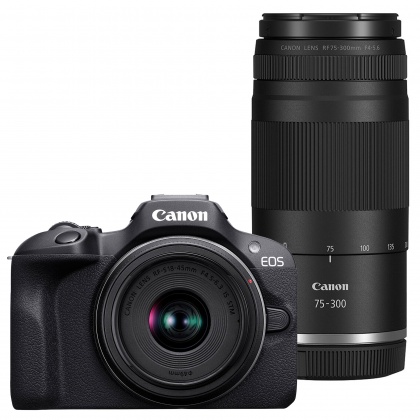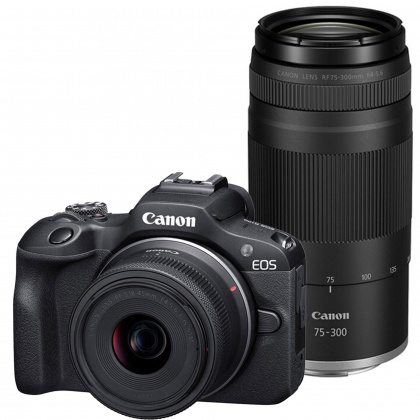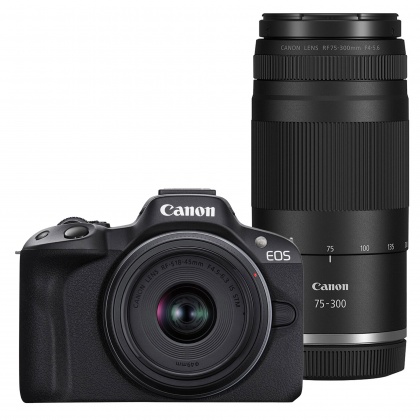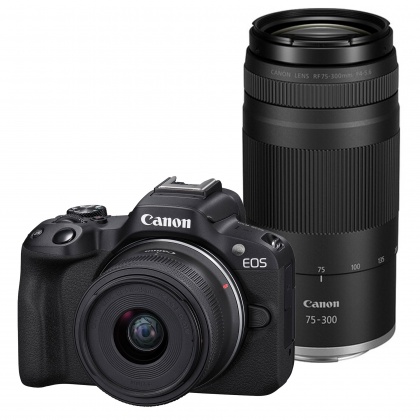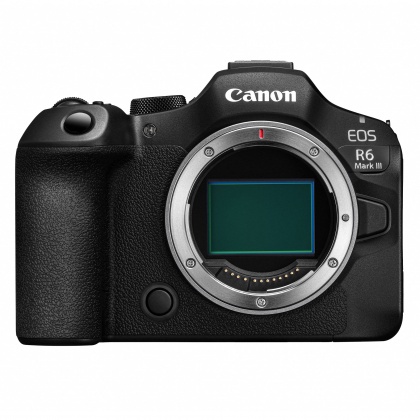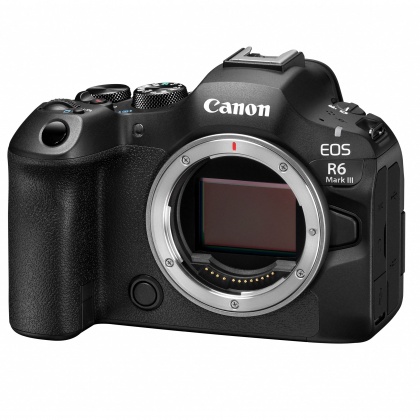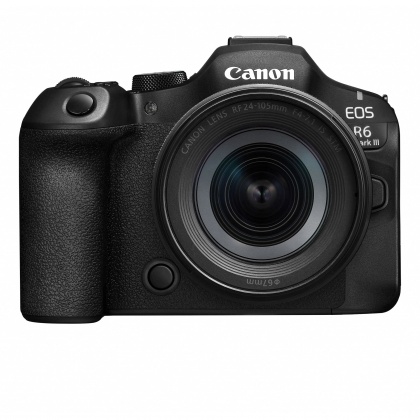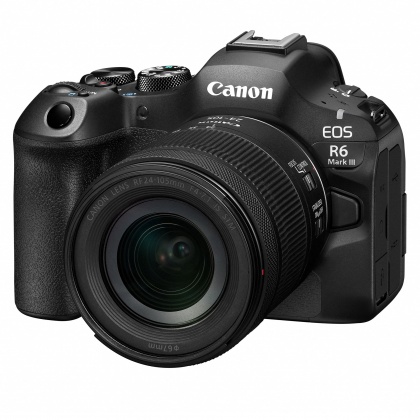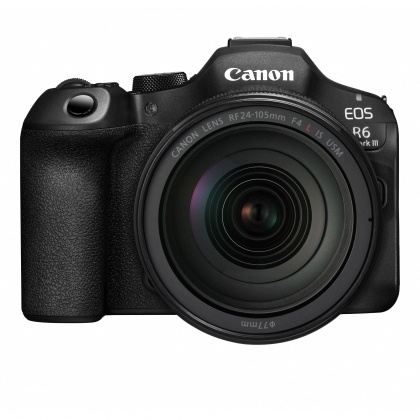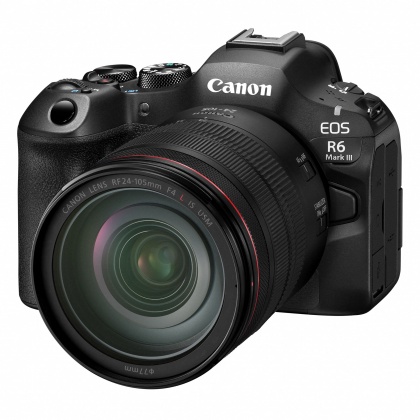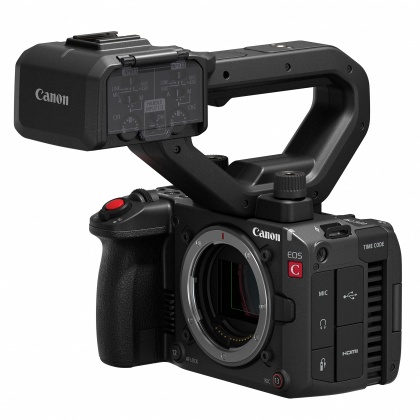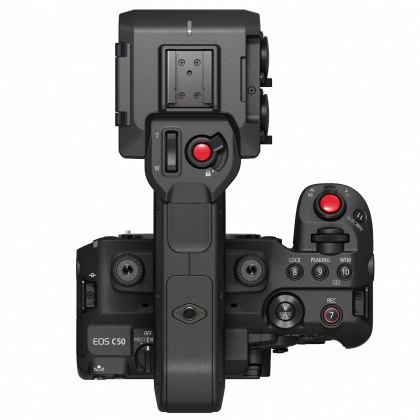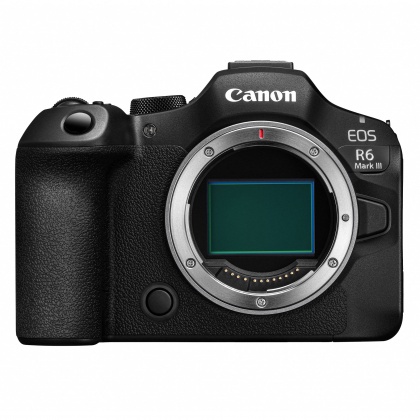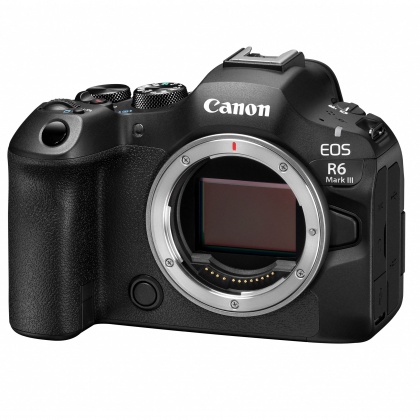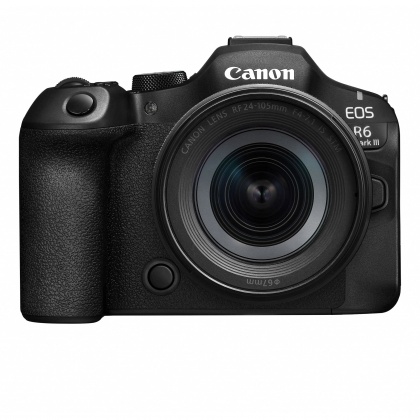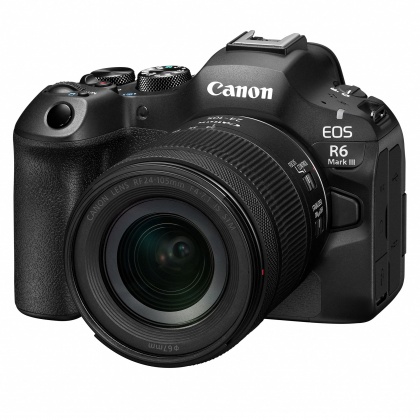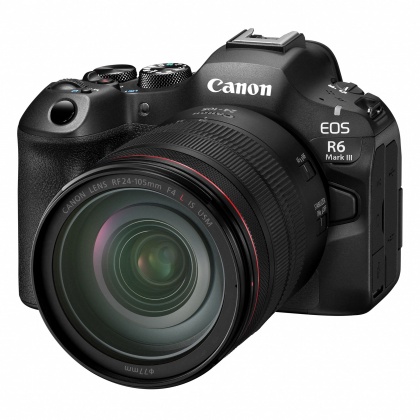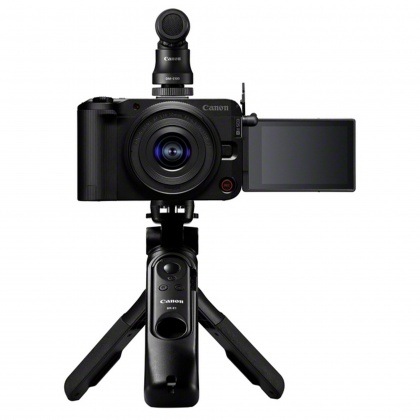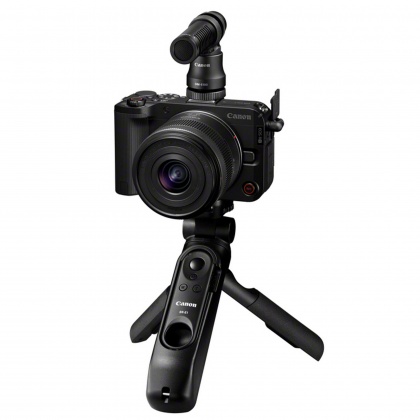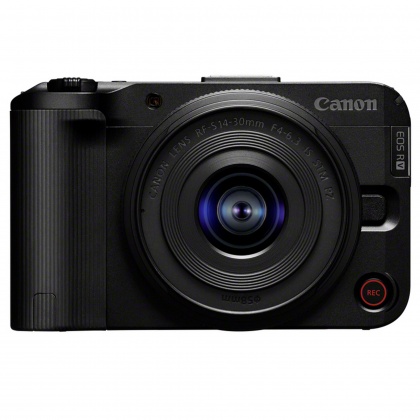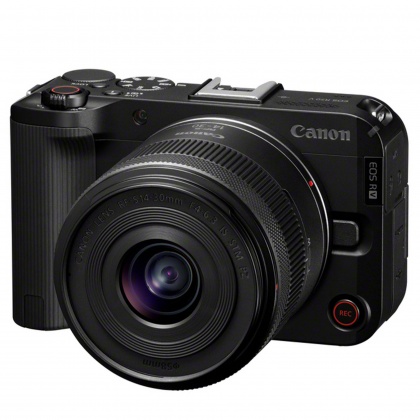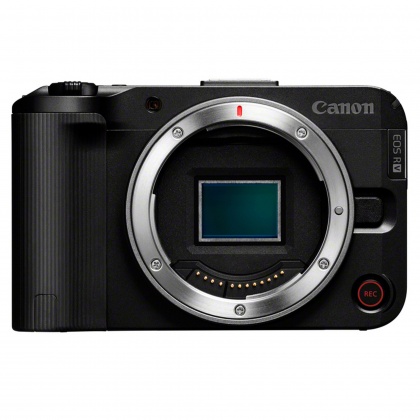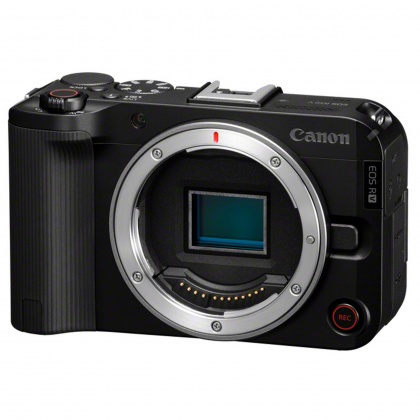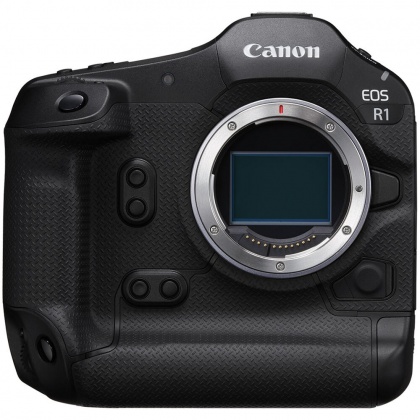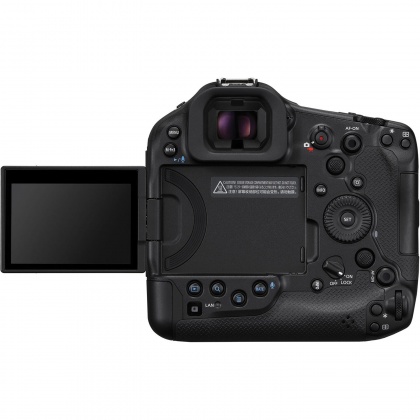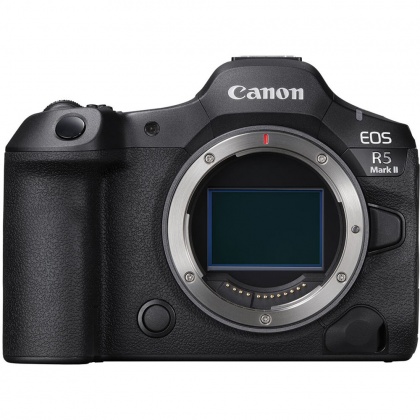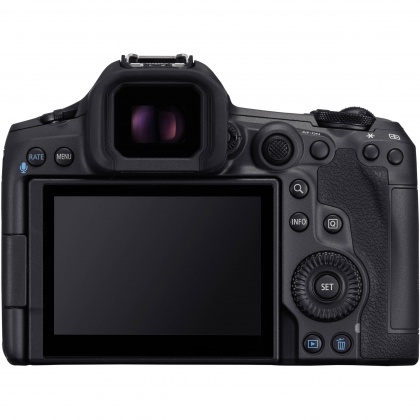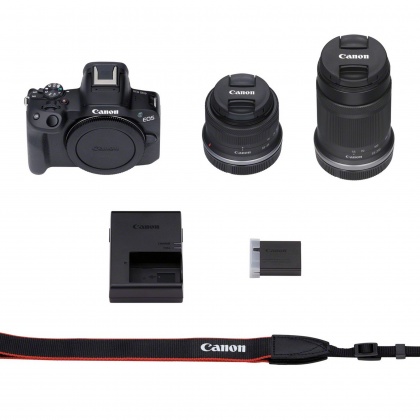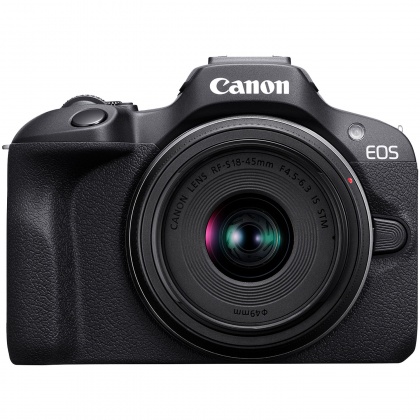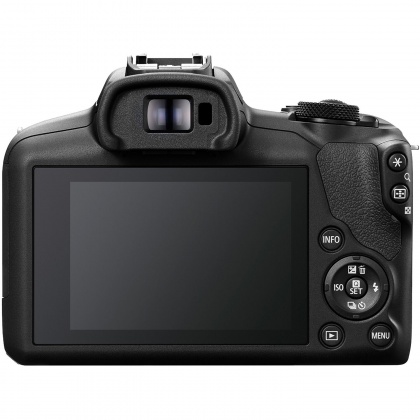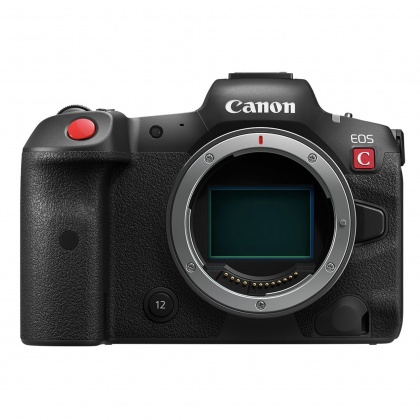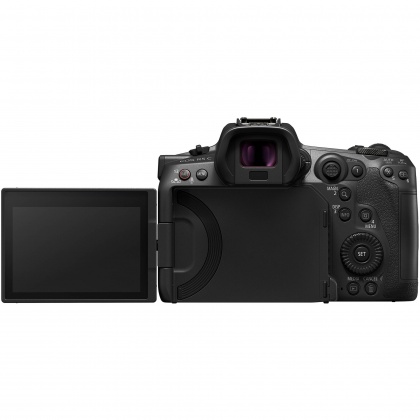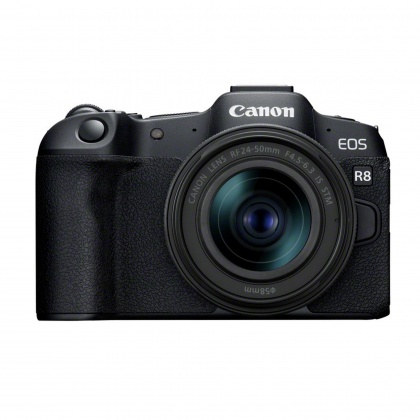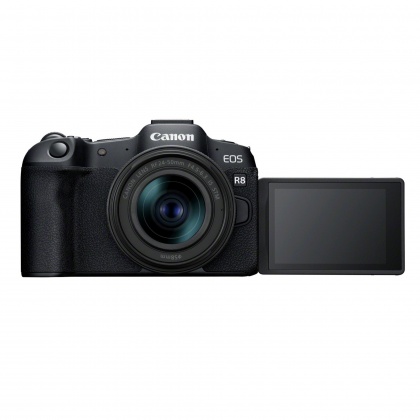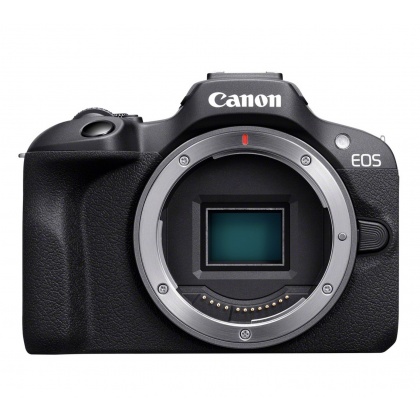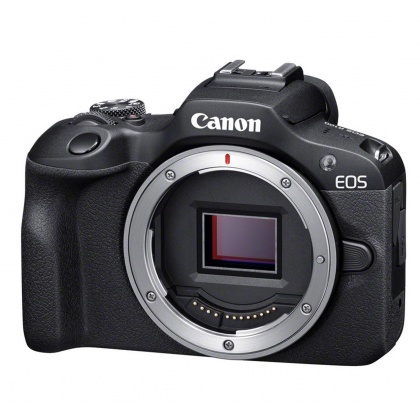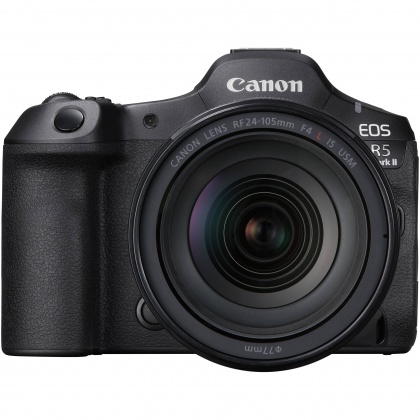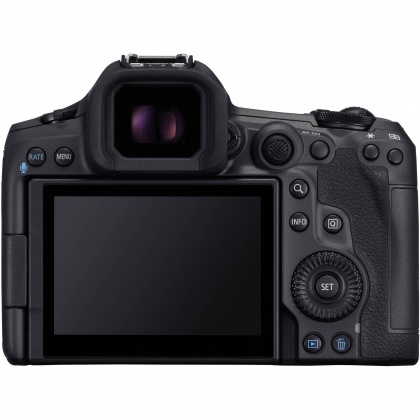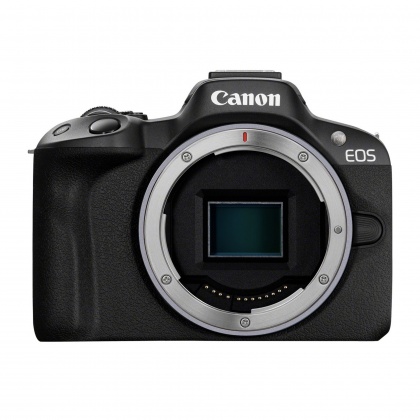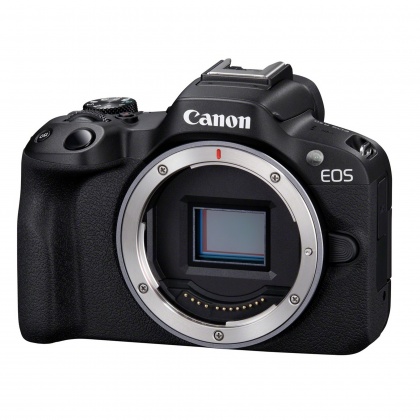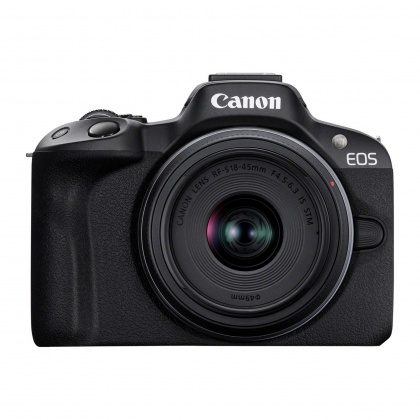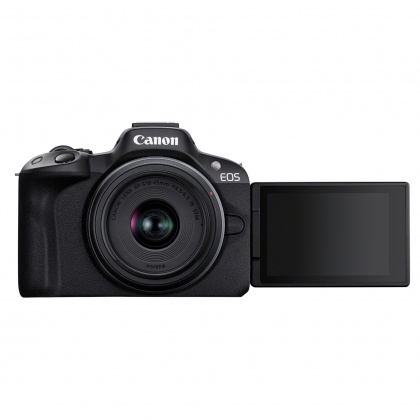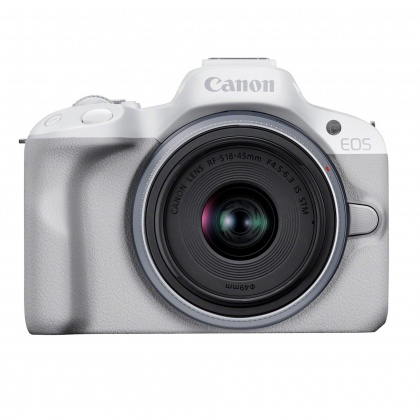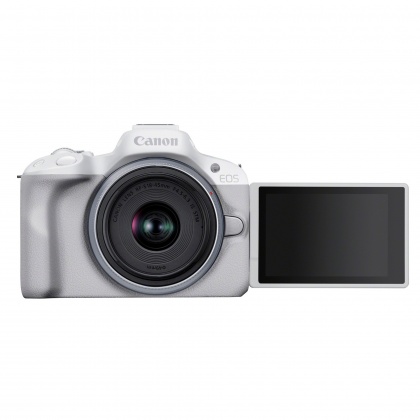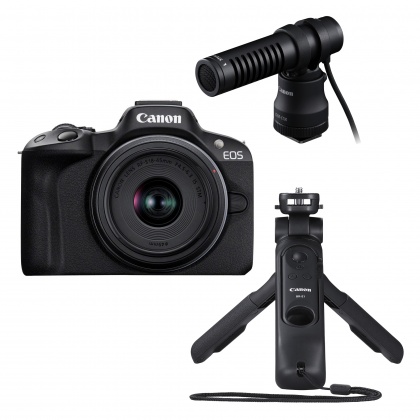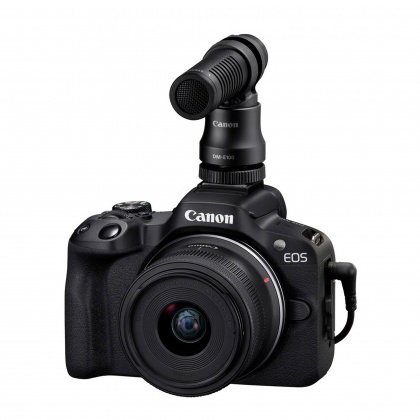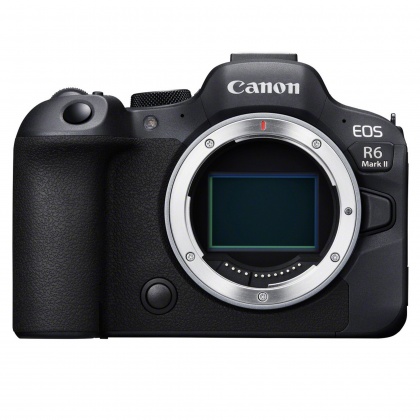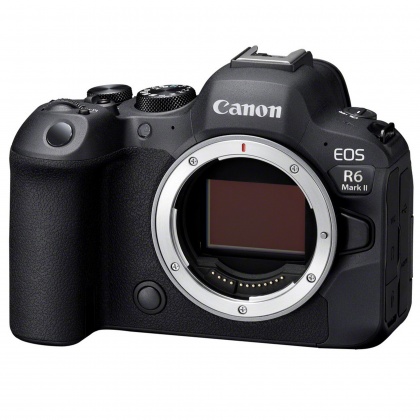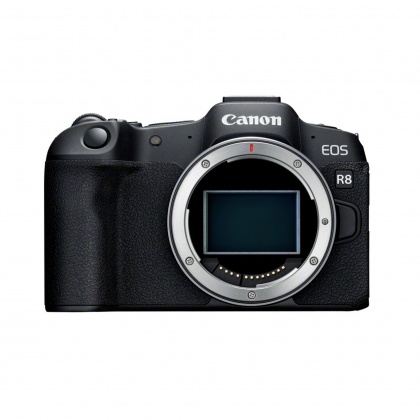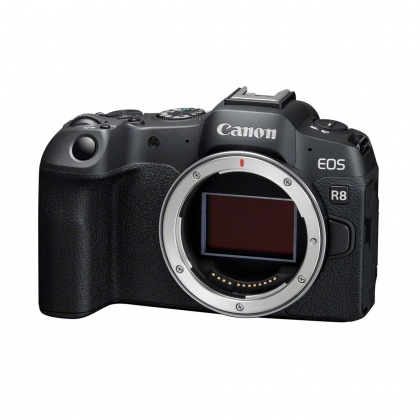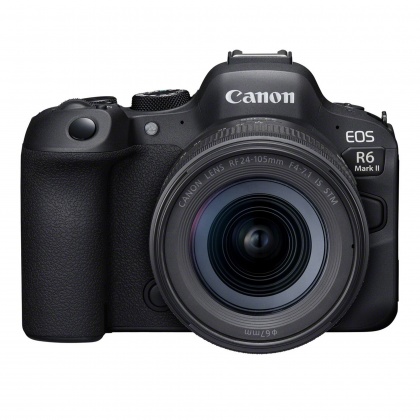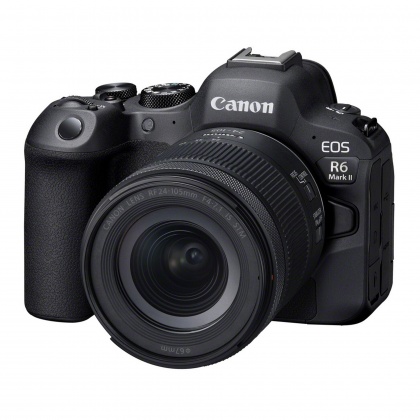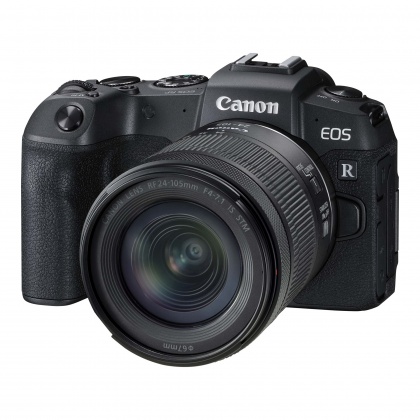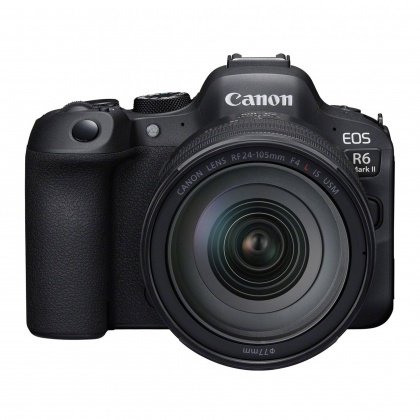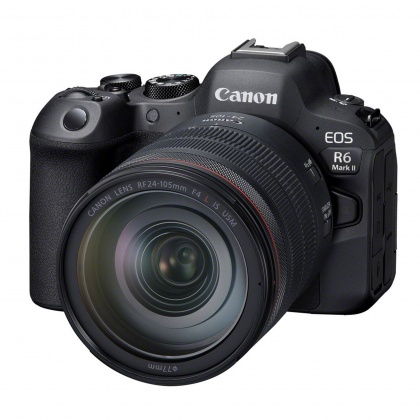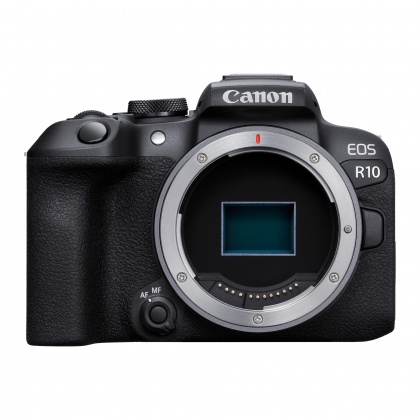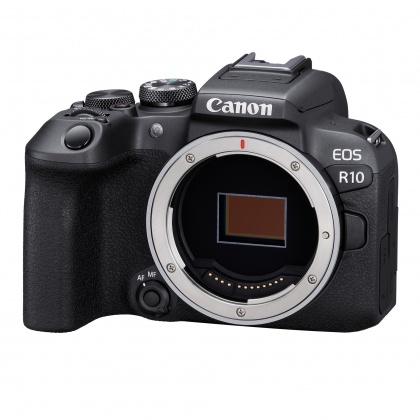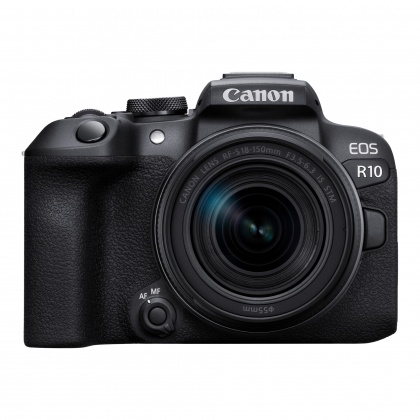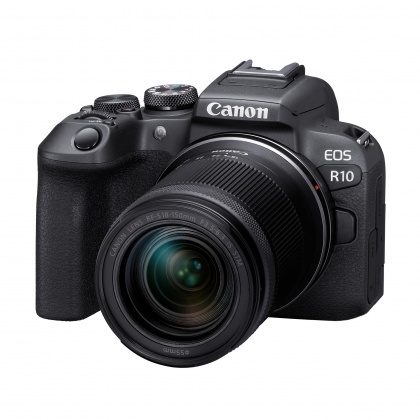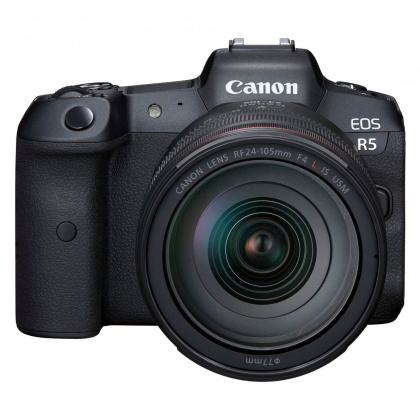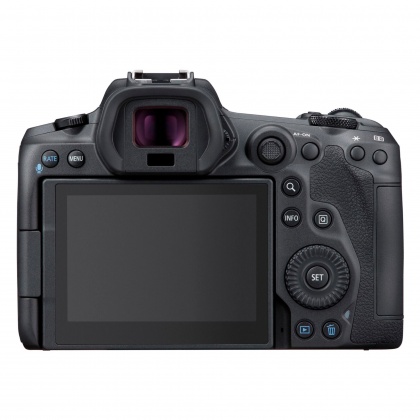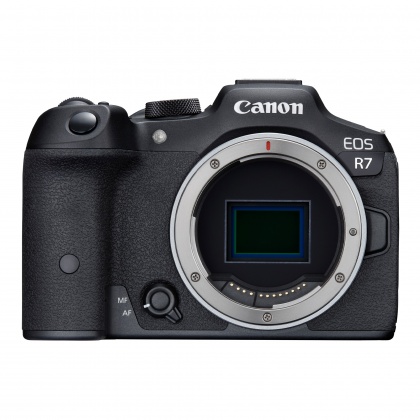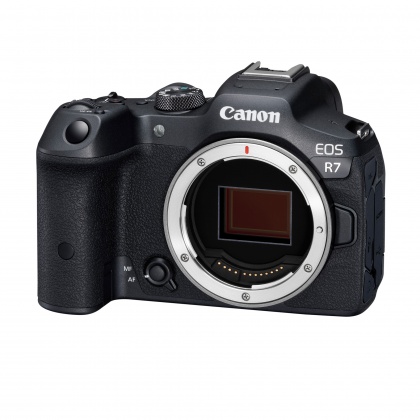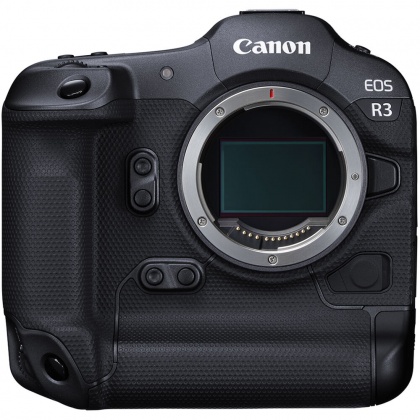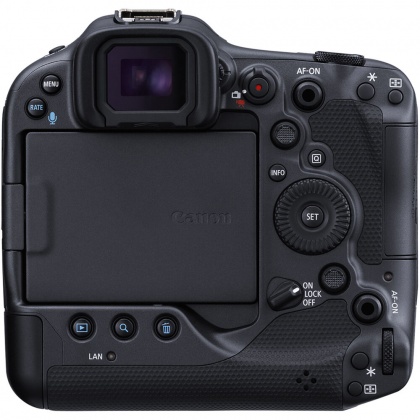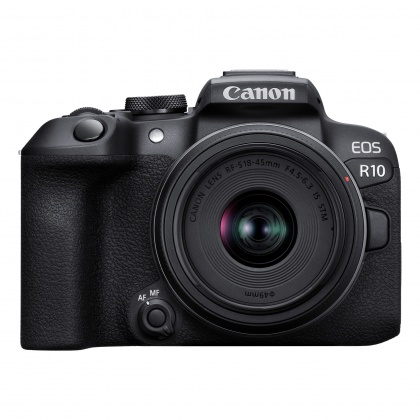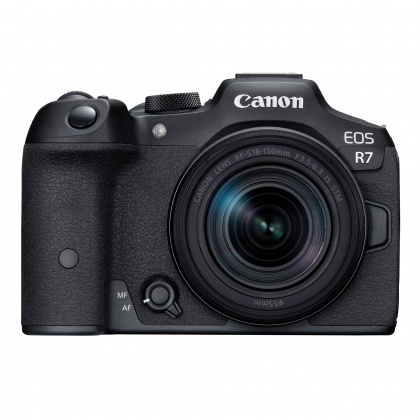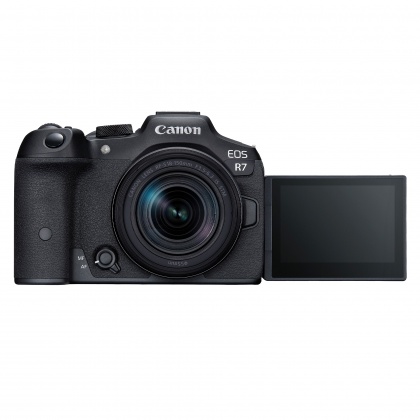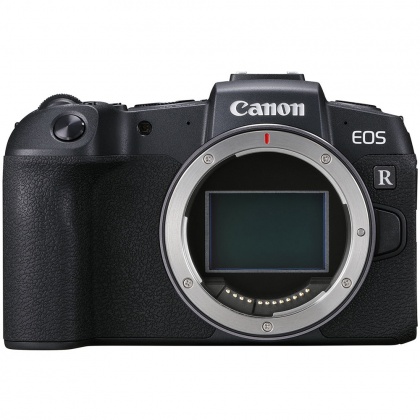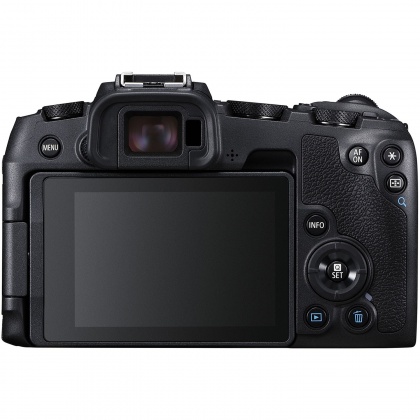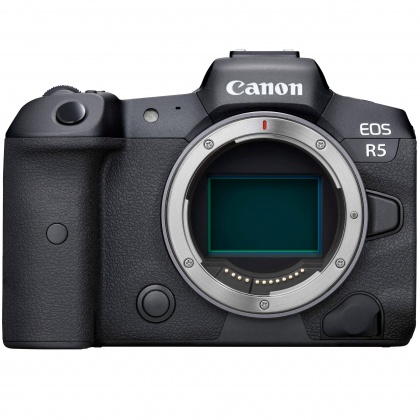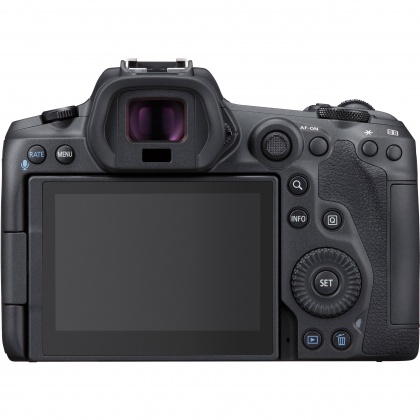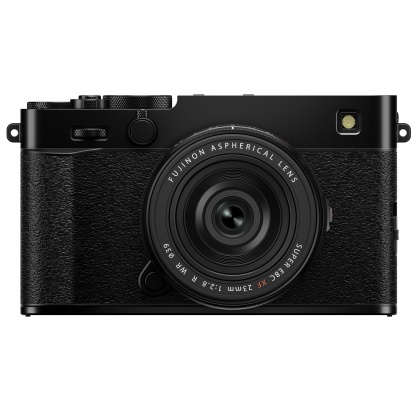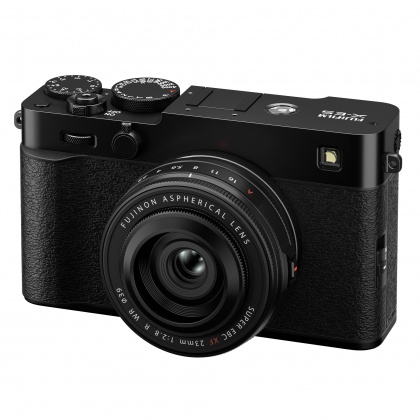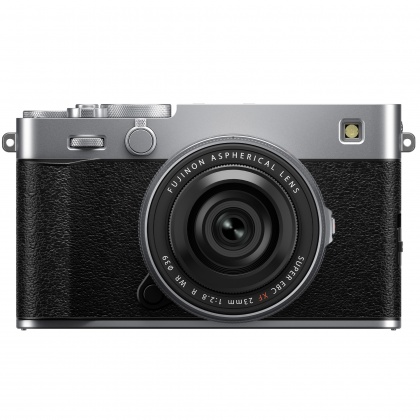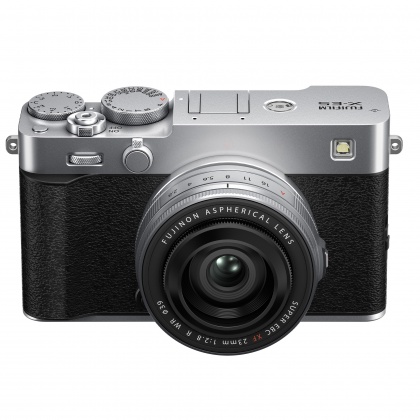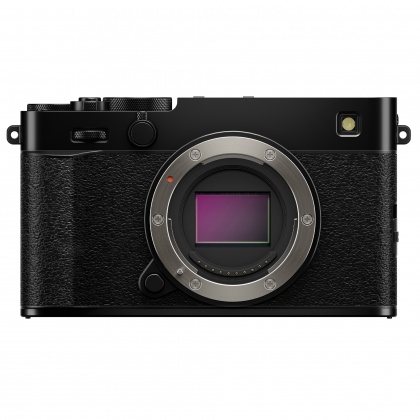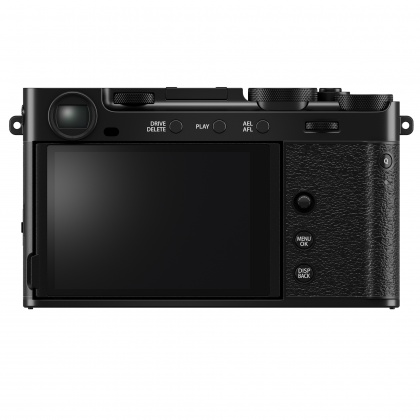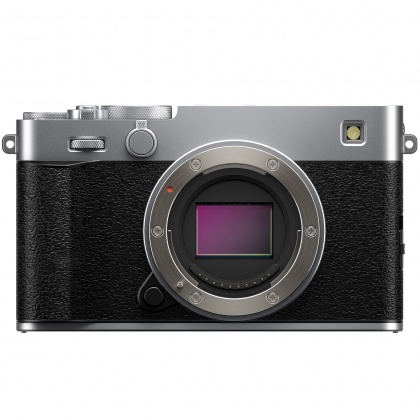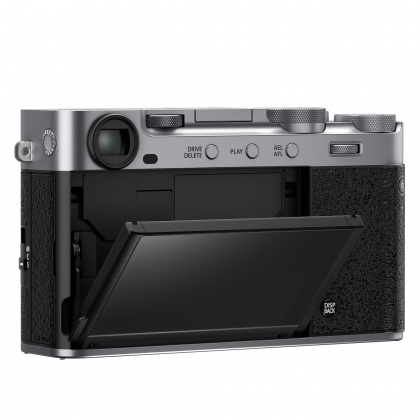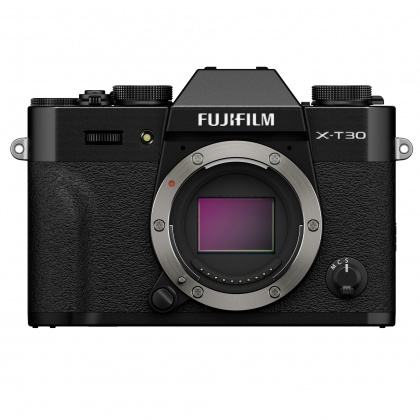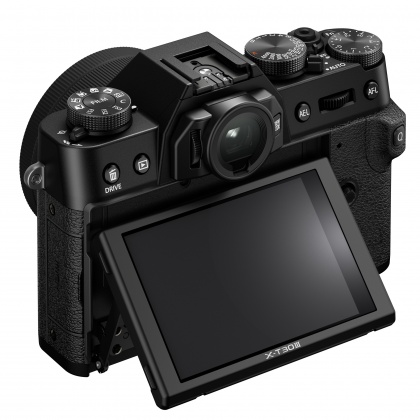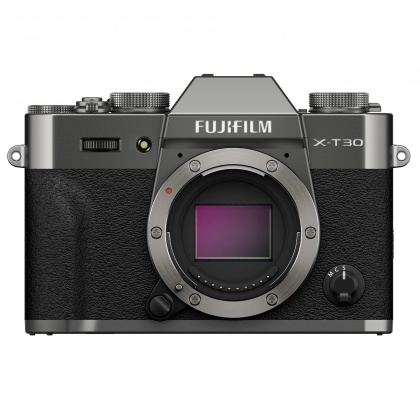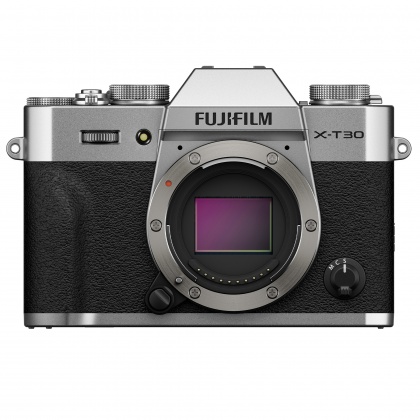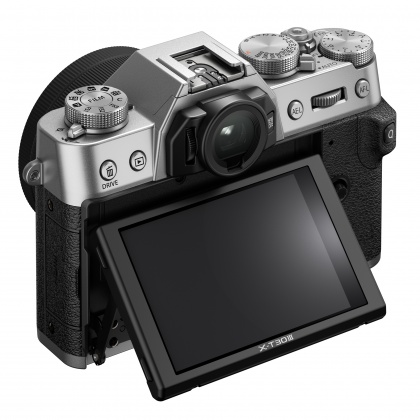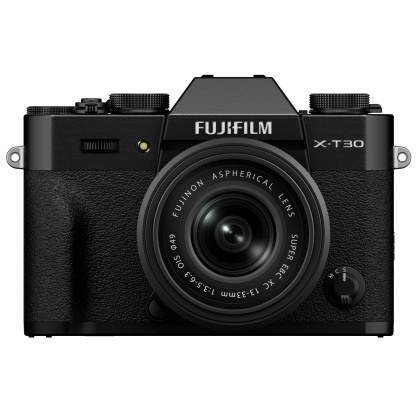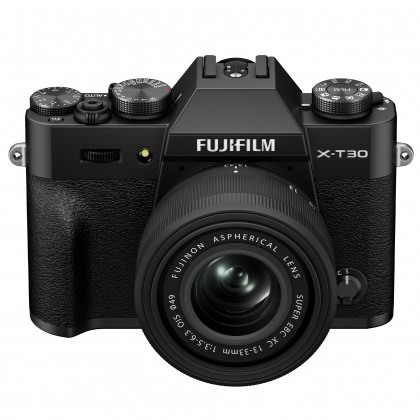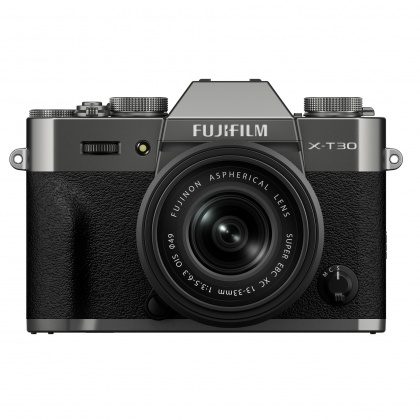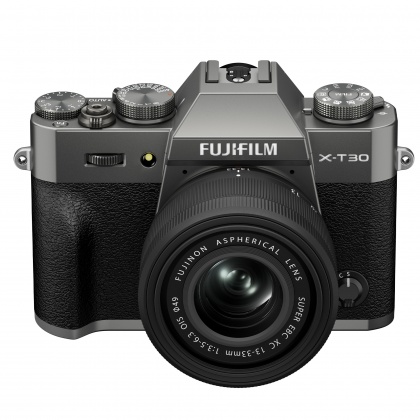What are the benefits of Mirrorless Cameras?
Mirrorless cameras bring a few advantages over traditional SLR cameras. They will invariably be smaller and lighter weight than a SLR equivalent. The cameras will usually be faster, able to shoot multiple images per second, helped by the lack of mirror to move out of the way. They are also (slightly) easier to manufacture, as they have fewer moving parts. In theory a Mirrorless camera needs no moving parts at all, though most do use a physical shutter mechanism.
The main factor that drives most people to Mirrorless is not just size, but that almost all new technology from the main manufacturers is now Mirrorless with less and less new equipment being for SLR cameras.
What are the main differences between Mirrorless & DSLR Cameras?
The first difference is fairly obvious, a Mirrorless camera has no mirror! What does this mean? It means that when you wish to take a photo, you will be viewing the image in the viewfinder or screen in ‘live view’ i.e. you will see exactly what the sensor sees.
After this the differences are often less clear. Fundamentally both types of camera do the same thing, focusing light through the lens to the sensor. What a Mirrorless camera allows is for you to see how the image might look before you take the shot. This works by showing you the effect of your choice of ISO or your choice of Aperture on the image, allowing you to create the image you are looking for.
Away form these differences are the physical ones, a Mirrorless camera does not need to have its viewfinder directly above the sensor, and so you will often find a rangefinder style Mirrorless camera, or indeed a camera without a viewfinder at all. There is a Mirrorless camera for everyone!
What are the main differences between Mirrorless & Full Frame DSLR Cameras?
This one is easy, there isn’t one! Other than the differences explained above there is no difference in using a Full Frame Mirrorless or a Full Frame DSLR camera.
What Mirrorless camera brand is best?
This is not so easy. Like asking what is the best cheese? Or who is the best James Bond?
All of the manufacturers will gladly tell you why you should spend your hard earned money on their camera.
The main consideration is do you have lenses you wish to continue to use? If you do, then invariably it will make sense to stick to the brand you are familiar with. There are adapters from Canon & Nikon to allow use of their older lenses on their Mirrorless cameras. Interestingly (Sort of) there is also an adapter from Sigma allowing Canon lenses to fit on a Sony camera, these all work seamlessly and could help you save a lot of money.
If you are starting from scratch this is of no real consequence, unless you are interested in bolstering your kit using second hand equipment.
For years Canon & Nikon have led the way in cameras. More recently Sony, Panasonic & Fujifilm have gone to exclusively producing Mirrorless cameras. With everything from the almost pocketable Lumix G9X to the Professional Nikon Z9 & Canon R3 there really is something for everyone.
There are compelling arguments for most of the manufacturers and ultimately we find that that is where a good old fashioned conversation with one of our friendly team is helpful. We can help you narrow down the field and help you make your choice.
The History Of Mirrorless Cameras
For over 50 years, since the classic days of the Pentax Spotmatic and the Olympus OM-1, the most popular camera for the professional and enthusiast alike has been the SLR, or Single Lens Reflex camera. Its name denotes the mirror, or reflector, placed behind the lens to direct the image away from the film and on to a ground-glass viewing screen on top of the camera.The mirror flips out of the way when the shutter is fired. A pentaprism and viewfinder were added to 35mm SLRs to allow for eye-level viewing. The slogan, 'Just hold a Pentax' was born and until maybe the arrival of the Sony Alpha 9, nothing else would do.
Early digital cameras suffered from high battery drain and severe delays in-between pressing the shutter and actually taking a picture. The Digital SLR, with its optical viewing system and sophisticated autofocus became the 'go to' option. As technology has improved, most digital SLRs offer the option of locking up the mirror and viewing the image electronically in the same way as a TV camera or your smartphone. The electronic viewfinder, with built-in eyesight correction for spectacle wearers, can show all the camera settings, grid-lines, etc as well as a review of the captured image complete with histogram without taking the camera away from your eye.
The first digital system cameras were virtual replicas of the previous SLRs with a digital imaging sensor used in place of the 35mm film.
Panasonic were the first to dispense with the mirror when they launched their miniature Lumix G1. It used a smaller, 4/3 sensor originally pioneered by Kodak and Olympus.
The G1 was followed by the the Sony NEX using a slightly larger APS-C or 'crop' sensor and then the Sony Alpha 7 with the same lens mount but using a full-frame sensor.
As technology has developed, one manufacturer after another decided that the time had come to do away with the expensive mirror box and optical viewfinder altogether and rely totally on the ‘live-view’ image. DSLR users were encouraged to 'Go Mirrorless'.
In 2019, the term ‘Mirrorless’ came into popular use to indicate a DSLR that had shed its mirror and evolved into something smaller, better and totally electronic in its capture and display of the image. Truly, a camera for the 21st century.




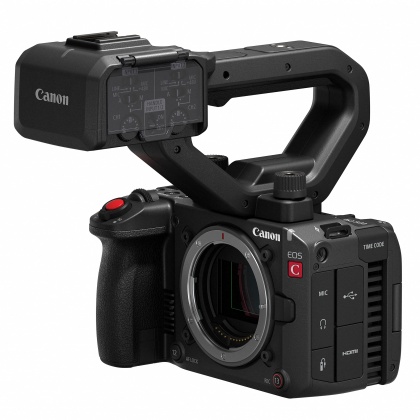
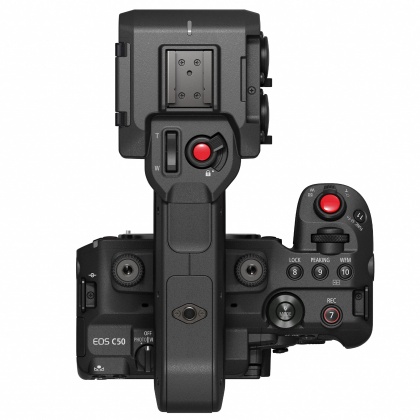
 In Stock
In Stock